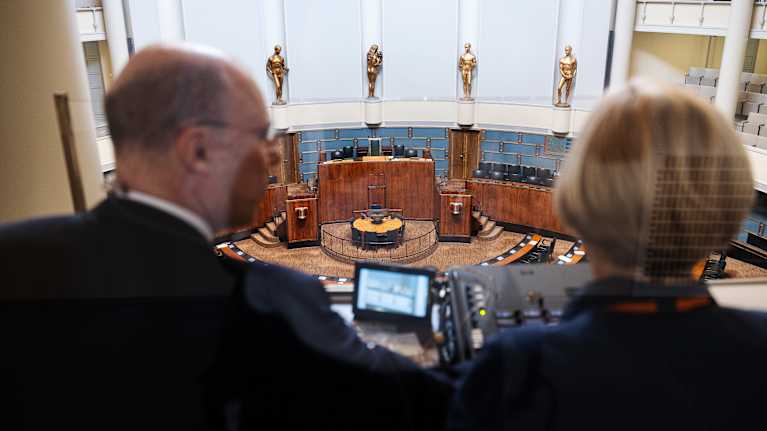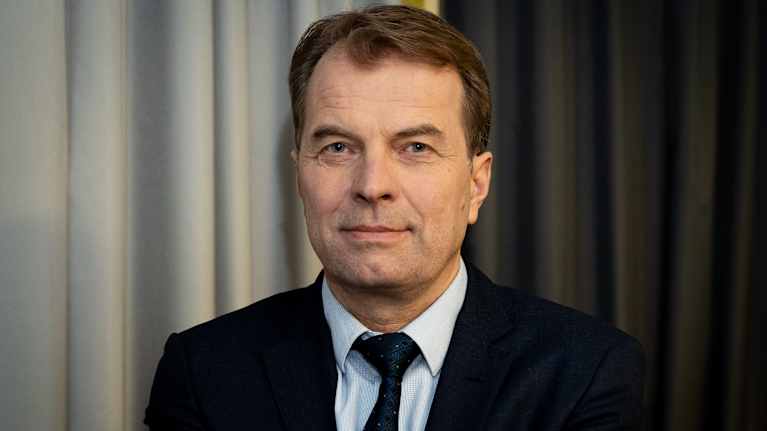Radio | Newsweek in plain Finnish | 18.10.2025
Debt brake agreement between the parties
Listen
You can read the news simultaneously below.
Debt brake agreement
The topic of this week’s news is the parties’ debt brake agreement.
The parties have jointly agreed on a new debt brake.
The debt brake refers to rules on how to limit the growth of public debt.
Now let’s talk more about the debt brake.
Goals
The debt brake means that the parties decide in advance how much debt Finland can take on in the coming years.
The goal is to keep the amount of debt under control and ensure that money is not spent too much.
In the future, the parties will agree before the elections what the economic adjustment target for the next election period will be.
This goal meets EU requirements and Finland’s own rules.
Open image viewer
The parties commit to the debt brake regardless of whether they are later in government or opposition. Photo: Silja Viitala / Yle
Deficit
In the EU, a member state’s deficit may not exceed 3 percent.
This means that the state is allowed to spend no more than 3 percent more money than it receives in revenue.
Finland’s own rule is stricter. In Finland, the deficit is limited to a maximum of 2.5 percent.
Another important thing is the debt ratio. This means how much debt a government has in relation to the country’s economy.
If you have a lot of debt, you need to reduce it faster than if you have little debt.
Finland’s goal is to reduce the debt ratio to the EU’s required 60 percent and later to 40 percent.
Some experts say that the 40 percent target is too strict and difficult for Finland to achieve.
A rare decision
The decision to impose a debt brake came about in a rare way.
Almost all parliamentary parties are involved in the agreement. Only the Left Alliance was left out.
Such a broad agreement is rare. Usually, the parties argue about economic policy.
Parties commit to a debt brake regardless of whether they are later in government or opposition.
Open image viewer
Roope Uusitalo is a professor of public economics at the University of Helsinki. Photo: Antti Eintola / Yle
Economic stability
Professor of Public Economics Roope Uusitalo says the agreement is a good thing. It will help keep the Finnish economy on track for several years.
The debt brake enables long-term planning of economic policy, even when governments change.
Experts estimate that a debt brake can help Finland in the long term.
However, reducing debt requires large savings or tax increases.
Economic growth is also needed to reduce debt.
Repetition
The topic of the news week was the parties’ agreement on the debt brake.
The parties agree together on how to manage the debt in the future.
The agreement is rare and could bring more stability to the economy.
However, reducing debt requires big decisions.

